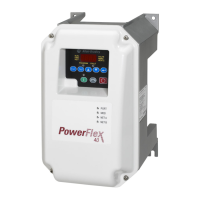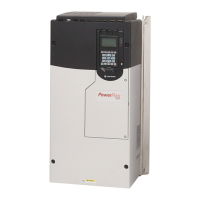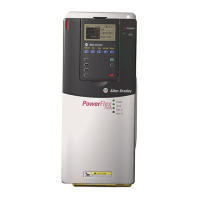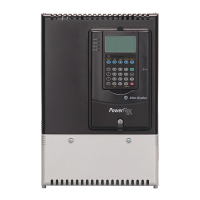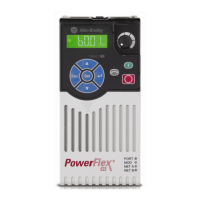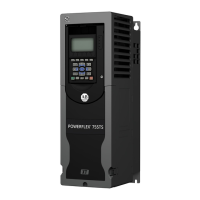4–13Component Test Procedures
Publication 1336 IMPACT-6.8 – November, 2002
The Diode and SCR Heat Sink Assemblies are mounted on the front
of the Inverter Assembly. The Diode and SCR Heat Sinks must be
electrically isolated from each other and from the rest of the power
circuit, to properly test the individual components.
!
ATTENTION: Wear a wrist-type grounding strap
when servicing 1336 IMPACT drives. Failure to
protect drive components against ESD may damage
drive components. Refer to Electrostatic Discharge
Precautions in Chapter 3, Access Procedures.
1. Perform the following procedures in Chapter 3, Access
Procedures.
• Opening the Drive Enclosure
• Removing the Control Board Mounting Plate
!
ATTENTION: Servicing energized industrial control
equipment can be hazardous. Electrical shock, burns,
or unintentional actuation of controlled industrial
equipment may cause death or serious injury. Follow
the safety-related practices of NFPA 70E, Electrical
Safety for Employee Workplaces, when working on or
near energized equipment. Do not work alone on
energized equipment.
2. To isolate the Diode from the rest of the power circuit, remove
the U-shaped bus bar that connects the Diode heat sink to the
SCR heat sink, refer to Figure 4.7.
3. To isolate the SCR from the Capacitor Bank, remove the
precharge to spine flex bus, refer to Figure 4.7.
!
ATTENTION: When testing the Diode or SCR it is
important that the Diode and SCR clamps be at their
normal torques.
The Diode and SCR checks in the following steps have a range of
acceptable readings. Readings vary depending on the type of meter
used – digital meters with a diode scale, or analog meters without a
diode scale. In general a Diode should never be shorted from
Cathode (1) to Anode (2). An SCR should never be shorted from
Cathode (4) to Anode (3). An SCR should read a relatively low
resistance from the Cathode (4) to the Gate (G). An SCR should
never read open resistance from the Cathode (4) to the Gate (G).
Test 4 – Testing the Diode
and SCR

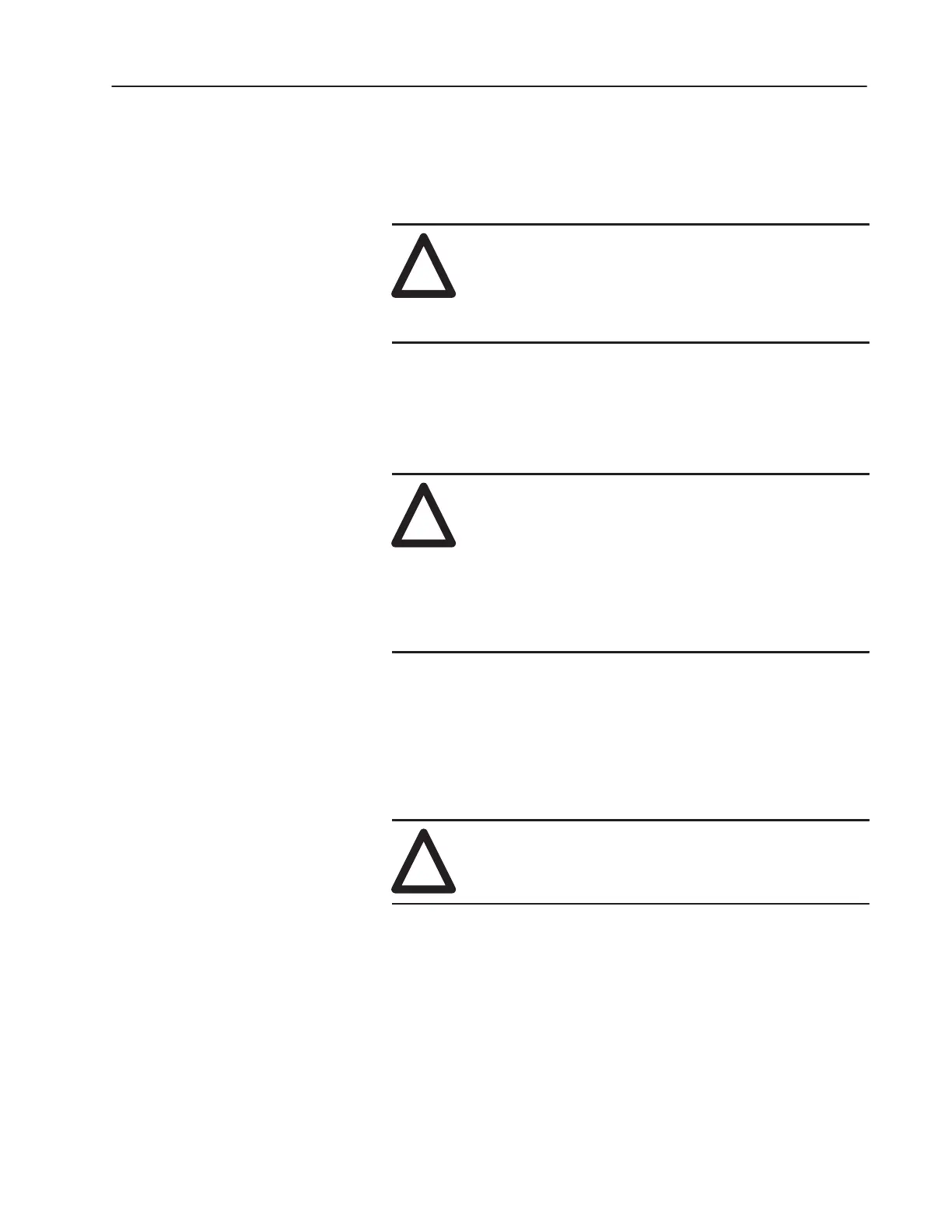